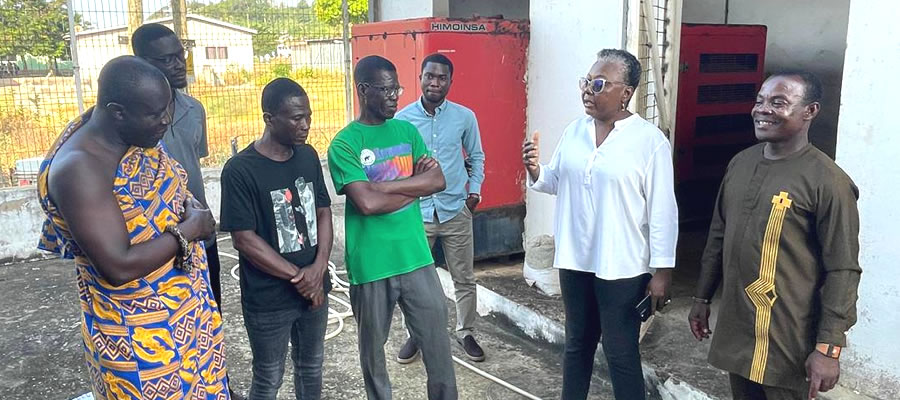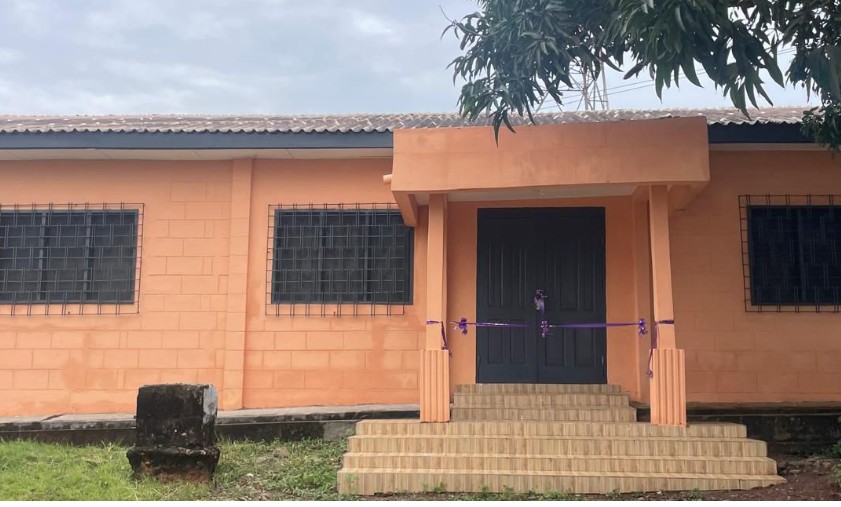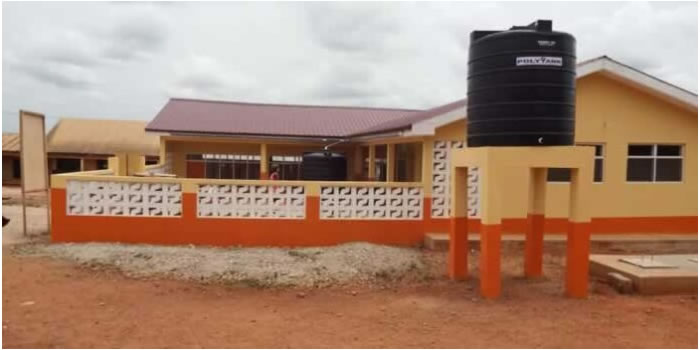

ECONOMY
Local Economic Development:
Business Growth and Development
Business Growth and Development
Many business activities are predominant in the Municipality. They include:
i. Financial institutions (banks and loans and savings institutions)
ii. Commerce (vibrant markets) and
iii. Industries (distilleries, soap making, saw milling, and sachet water production).
iv. Salt and sand winning is on-going and an important contributor to the growth of the local economy.
ii. Commerce (vibrant markets) and
iii. Industries (distilleries, soap making, saw milling, and sachet water production).
iv. Salt and sand winning is on-going and an important contributor to the growth of the local economy.
There are micro and small enterprise activities in areas such as fish farming, beads production, palm oil processing, soap making and batik tie and dye making. The informal sector is dominant in the commercial activities of the Municipality.
Informal Sector
Markets
Industries
Industrial activities relatively well-developed in the Mfantseman Municipality compared to other Assemblies in Ghana. This is due to abundant natural and human resources, an enabling infrastructural environment and the governance and administrative leadership provided by the Assembly.
In the food processing sector, private investors are engaged in corn milling, sugar cane crushing, cassava processing and palm oil extraction. Light industries include pottery and ceramics at Baafikrom, and Saltpond, soap making at Mankessim, gin distilling at Anomabo and Egya and fish processing at Ankaful, Anomabu, Abandze and Biriwa. At Anomabo and Abandze, boat building and repairs are key sources of income for the people. Importantly, the demand for the products exceeds supply which means there is opportunity for new firms to enter into the market.
Informal Sector
There are limited industries in the Municipality but the few that exist are into the production of sachet water, soap making, saw milling, boat building and salt winning. Most of the income generating activities are in the informal sector. The 2010 National Population and Housing Census indicates that 88.5% of private employment is generated in the informal sector as against 4.9% for private formal and 6.2% for public employment. Females dominate the informal sector and are mostly engaged in agriculture, fish processing, trading, beads making, and agro-based processing.
Markets
The markets in the district can are classified as traditional markets with agricultural products constituting almost 65% of the goods traded in. The main market in Mankessim has not flourished as expected because of poor accessibility and under developed infrastructure. There is poor human and commodity inflows and outflows and as a result, the prices of agriculture inputs and products have increased. Some other problems include space, strategy to maintain the growth and development of the market, and capacity building for those who manage the market.

.Economy and Business
To achieve the envisaged transformation, the strategic direction for the medium-term development was to leverage the Municipality’s natural resource endowments, agriculture potentials and human resource for accelerated economic growth and job creation. It was expected that the efforts would be underpinned by partnership with the private sector using PPPs to expand infrastructure by improving road networks; increasing electricity access to support our economy’s needs; expanding access to good drinking water and providing quality healthcare for our growing population; improving sanitation and human security for all, and also transforming schools to meet the demands of a new age with emphasis on mathematics, science, technology and innovation
Date Created : 4/14/2025 2:19:56 AM











 facebook
facebook
 twitter
twitter
 Youtube
Youtube
 +233 593 831 280
+233 593 831 280 0800 430 430
0800 430 430 GPS: GE-231-4383
GPS: GE-231-4383 info@ghanadistricts.com
info@ghanadistricts.com Box GP1044, Accra, Ghana
Box GP1044, Accra, Ghana